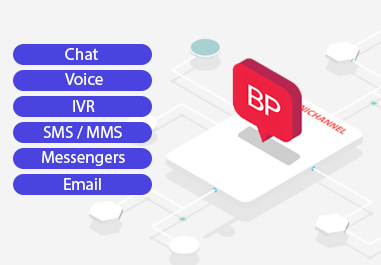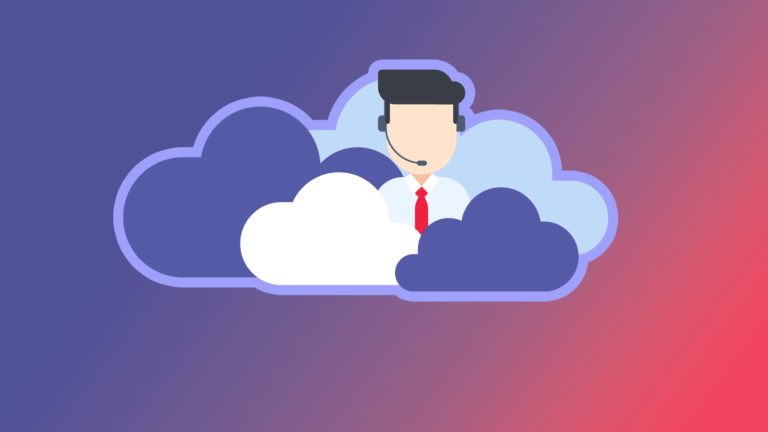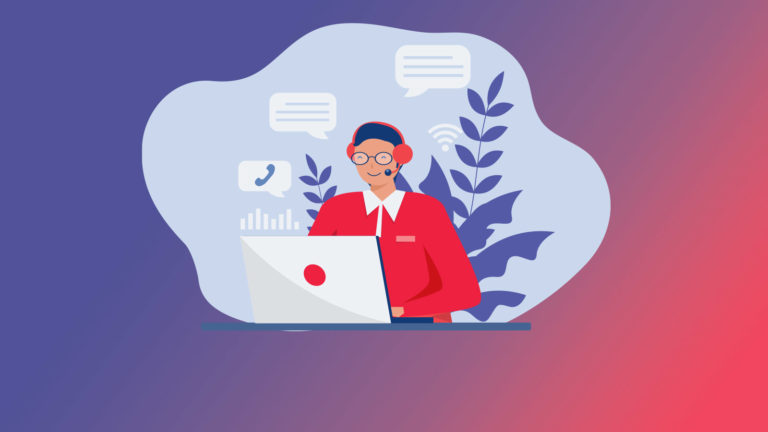If you work in the healthcare space, you’re well aware of the Health Insurance Portability and Accountability Act, or HIPAA. Since 1996, the US federal government has required healthcare organizations to take measures to protect against unauthorized disclosure of patient health information deemed sensitive.
While the HIPAA was first enacted in 1996, the rules have evolved since then. As new technologies become available and adopted, the federal government looks to update its privacy rules accordingly. The law permits some uses and disclosures in the interest of facilitating efficiency and advocacy.
As a healthcare provider, you’ll want your call center to give your patients an effortless experience while also protecting their information by ensuring it meets privacy regulations. However, simultaneously navigating HIPAA while tracking calls is the difficult part, especially when patients’ information ultimately travels throughout your organization.
Fortunately, it’s not only possible, but it’s also fairly easy to do when you choose the right call center solution. Let’s look at a call center compliance checklist to illustrate how to properly do this.
What It Takes to Make Your Call Center HIPAA Compliant
While there are numerous details involved when ensuring your call center is HIPAA compliant, they fall under four main areas on a HIPAA best practices checklist: data, communications, security, and employees. While this isn’t a complete HIPAA compliance checklist, it does include the highlights and gives you a sense of why the right solution is vital.
HIPAA-Compliant Call Center: Omnichannel Communications
Let’s talk about communications first, since it’s the heart of a call center. When using an omnichannel call center solution, all points of interaction must be encrypted. This includes voice, voice recordings, screenshots and screen recordings, emails, SMS, and chats. Encryption entails hiding the information’s true meaning by turning it into secret code.
All communications, whether digital or physical, from beginning to end must be encrypted to be HIPAA compliant. This equates to fully mapping out all interactions that start in the call center and move throughout your healthcare organization, and encrypting that data to ensure you meet these regulations. The same applies to HIPAA compliance in a call center leveraging video chatting or photo transmission capabilities. Call tracking for healthcare is comprehensive and detailed.
As our collective comfort with telehealth grows, so too does the opportunity to make a mistake and fall in violation of HIPAA. This makes a comprehensive HIPAA compliance checklist vital.
HIPAA-Compliant Call Center: Data Encryption & Storage Best Practices
Encrypting all data throughout the transactions is essential, too. Your omnichannel call center will need to make sure any in-bound or out-bound data is encrypted.
When storing data, you’ll need it to be secure. HIPAA regulations go above and beyond what normal servers employ. As instances of malware (malicious software) increase in frequency and complexity, protecting stored data becomes a major challenge for organizations.
HIPAA-Compliant Call Center: Security Best Practices
HIPAA-compliant password protection generates a lot of discussion amongst experts. Hackers can crack passwords fairly easily, so you’ll want to leverage security measures like two-factor authorization to ensure account safety.
There are many ways to verify someone’s identity and then maintain that verification throughout the process. You’ll want to make sure your call center software solves for password complexity rules, encryption, and masking, plus account lock-out procedures to ensure user account safety.
Activity logs and audit record controls are also required under HIPAA regulations. Your HIPAA-compliant call center needs a secure way to manage information about all login sessions, system- and tenant-level audit logs, and complete audit records.
With a cloud-based call center, you don’t have to worry about securing your on-premises locations. There aren’t rooms to protect with physical locks, fire detection systems to implement and maintain, or security guards to hire and retain.
The myth that organizations should only plan for major disasters can leave you vulnerable to more common incidents. This includes:
- Natural disasters
- Ransomware
- Short-term and long-term outages
- Malware and viruses
- Security breaches
- Data loss
Any disaster recovery site, whether on-premise or in the cloud, must follow HIPAA regulations. Your call center is usually your first line of communication with patients. In the event a disaster happens to it, you’ll want to ensure you can bring it back online as quickly as possible.
HIPAA-Compliant Call Center: Employee Training
No call center compliance checklist would be complete without talking about people. There are HIPAA training requirements to ensure the employees handling personal health information are aware of what they can and cannot do. Implementing a HIPAA-compliant call center solution won’t work unless your staff understands how to use it — and the importance of maintaining their own HIPAA compliance.
There are rules, for instance, employees must follow when leaving voicemails for patients. Namely, it cannot contain any patient personal health information. You may not even say the patient’s name or information that may give away the patient’s identity. HIPAA verification over the phone is tricky.
HIPAA-Compliant Call Center Solutions & Patient Satisfaction
It’s a balancing act to ensure your call center solution is HIPAA compliant while ensuring your patient experiences service that’s effortless and enjoyable. For example, it may seem easier from a compliance perspective to only offer one communication channel. Keep in mind, however, that your patients expect omnichannel. They want to be able to communicate in whichever manner they choose.
According to the industry-leading analyst group Gartner, 94% of customers whose experience was effortless are likely to repurchase. When there’s a high level of effort, only 4% of customers are likely to repurchase. When we say repurchase in the healthcare space, the implications are above and beyond simply retaining a customer. You’re retaining a patient — their care is better when they’re not bouncing around to different providers.
When someone calls your organization about their health, it’s important to remember that they may be experiencing increased anxiety about the interaction. Reducing any barrier to an easy experience is essential to keeping your patients satisfied. This includes reducing friction by not making them repeat information to several callers or continually enter in a password.
HIPAA-Compliant Call Center Solutions: Bright Pattern
Choosing the right HIPAA call center solution can feel daunting. It’s why we made sure Bright Pattern was HIPAA compliant. You don’t have to choose between a seamless, innovative patient experience and protecting their personal health information.
We deliver an innovative, powerful, and easy-to-use contact center as a service (CCaaS) for healthcare organizations. It gives your patients a call center that more than meets HIPAA compliance requirements. It meets patient requirements.





